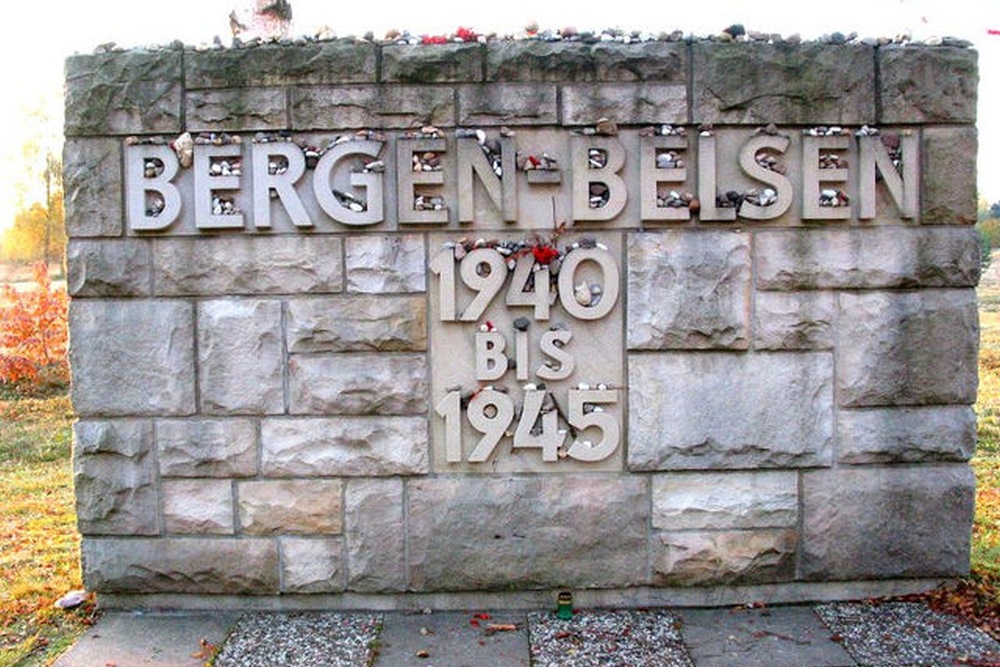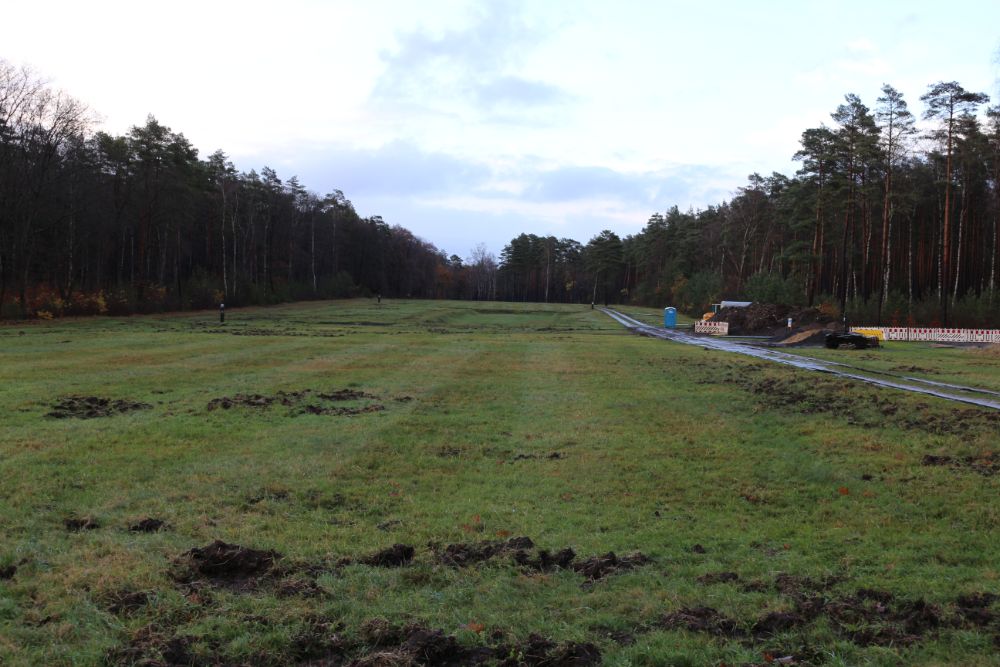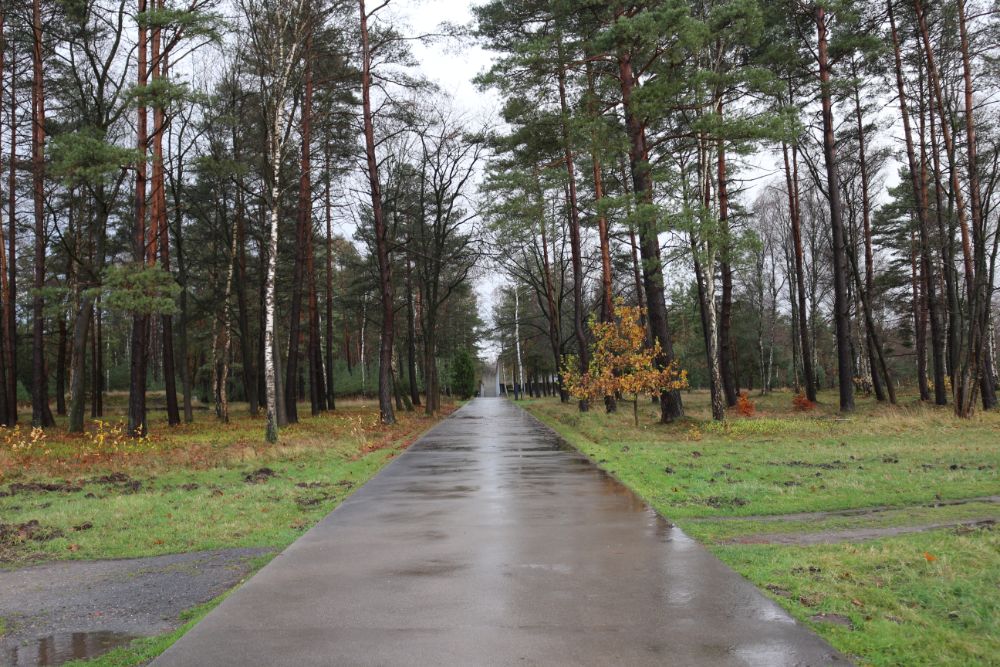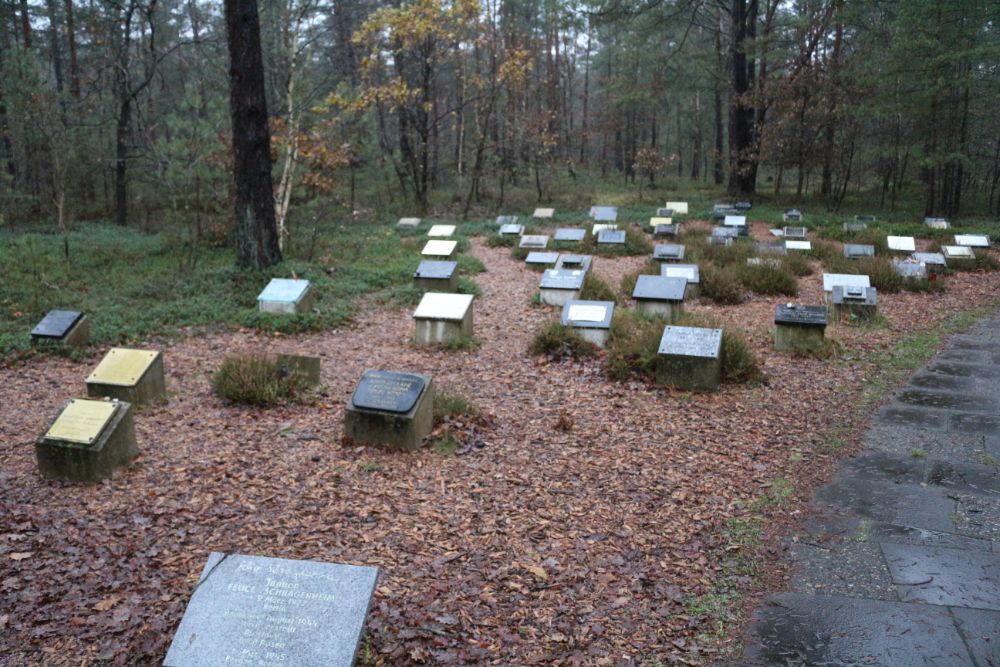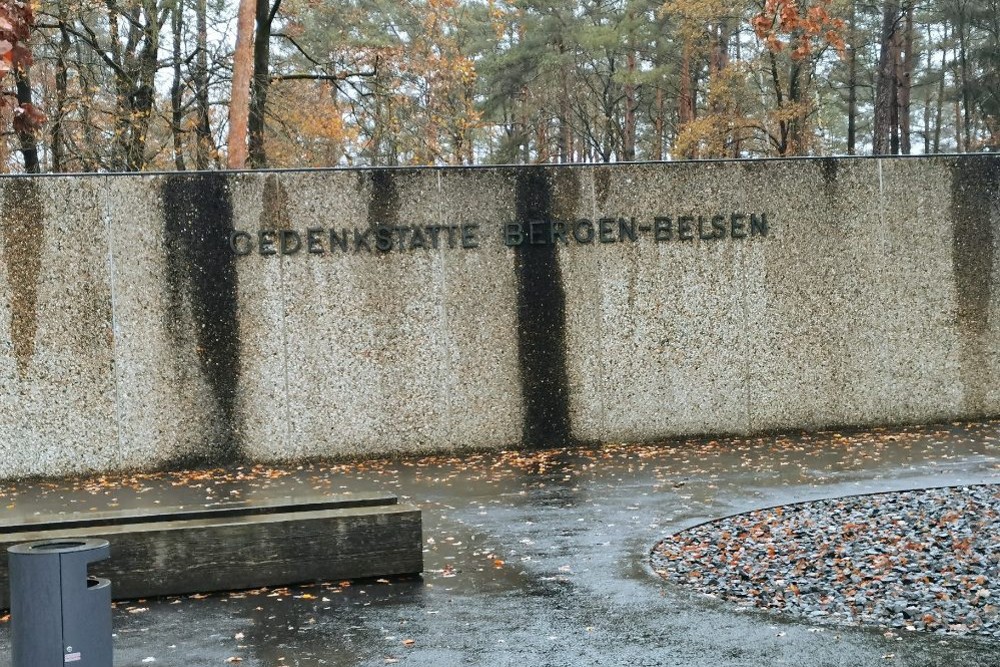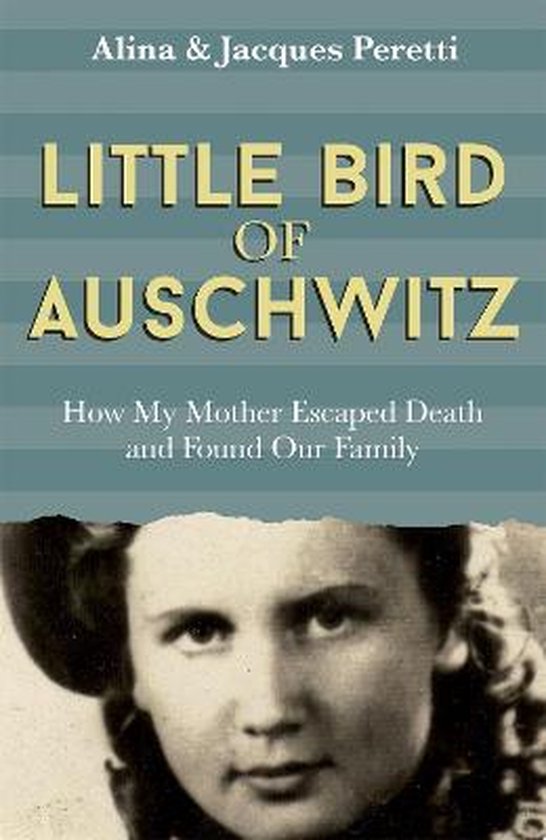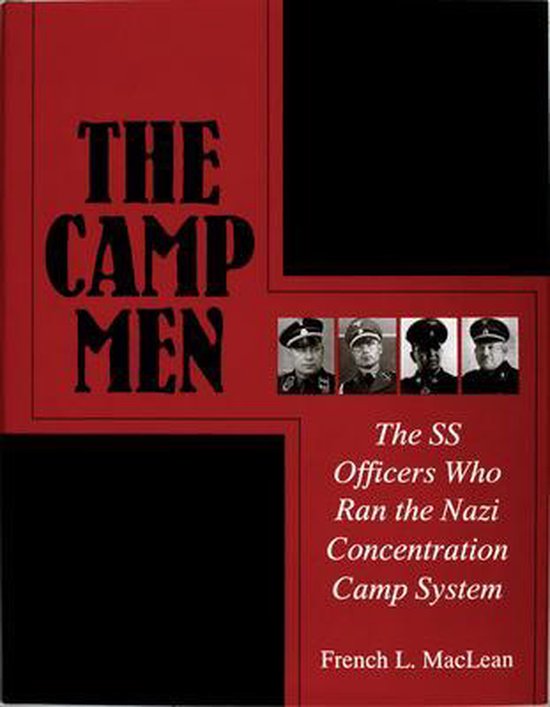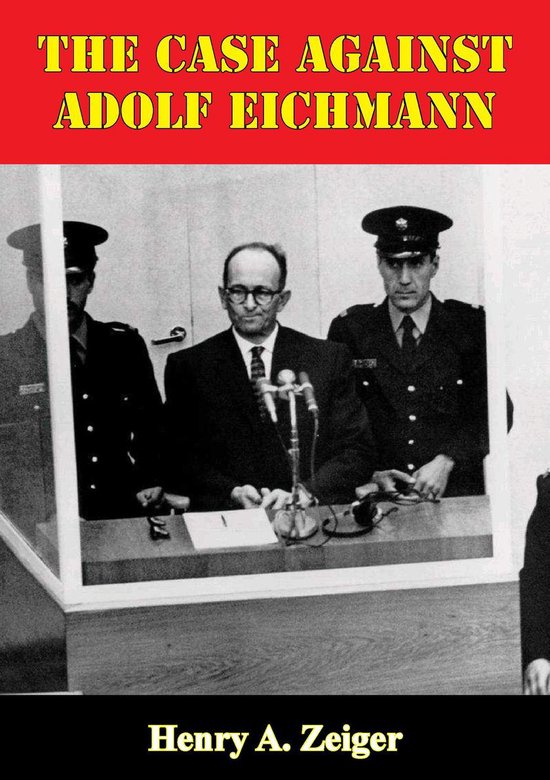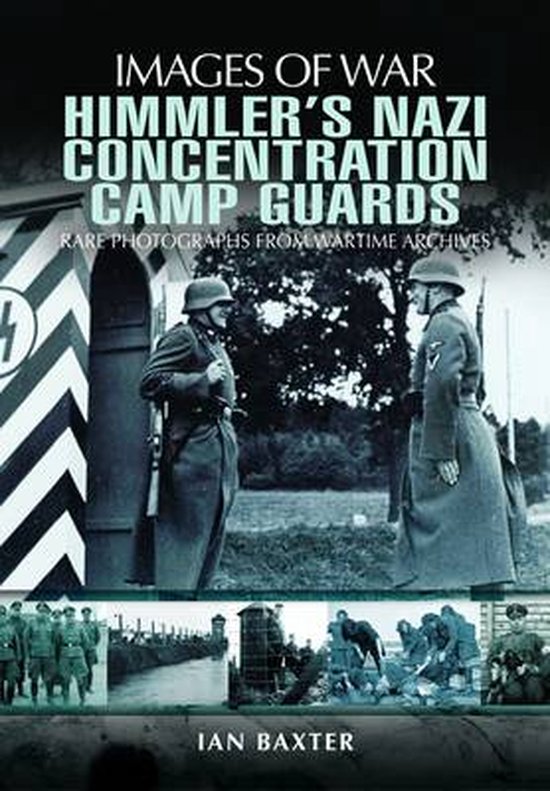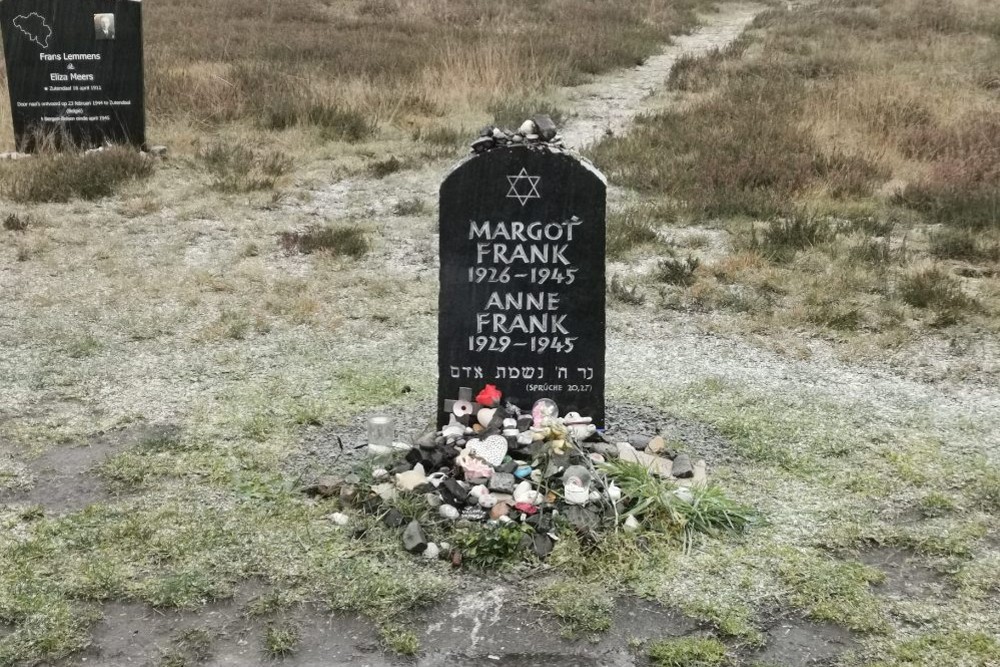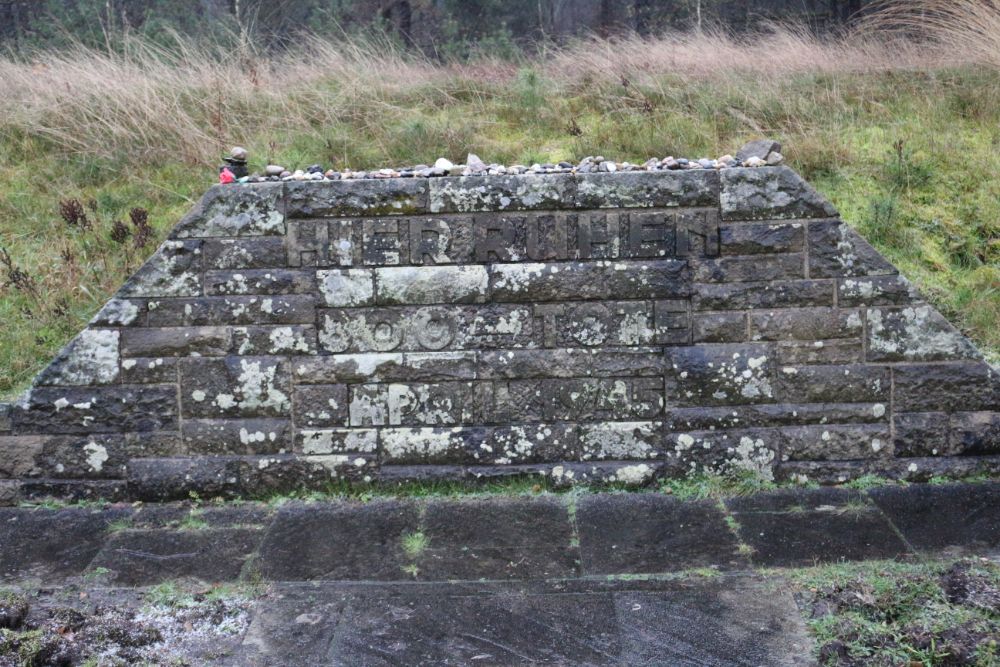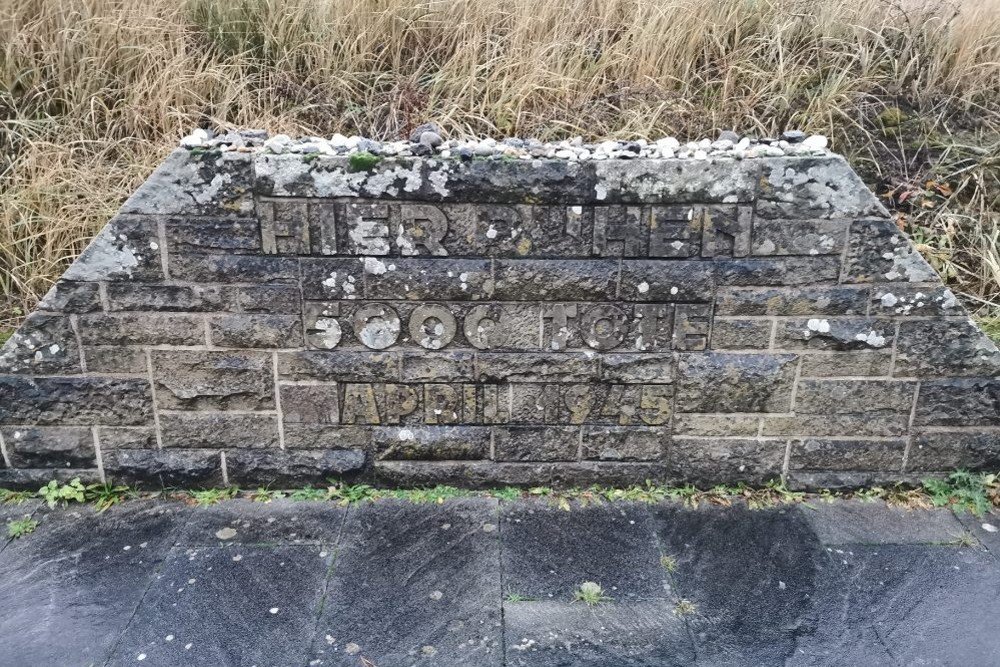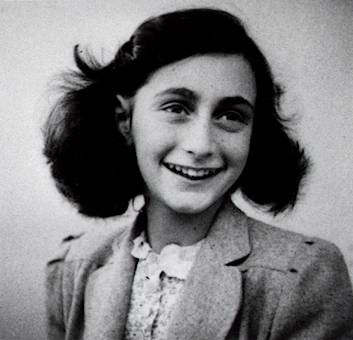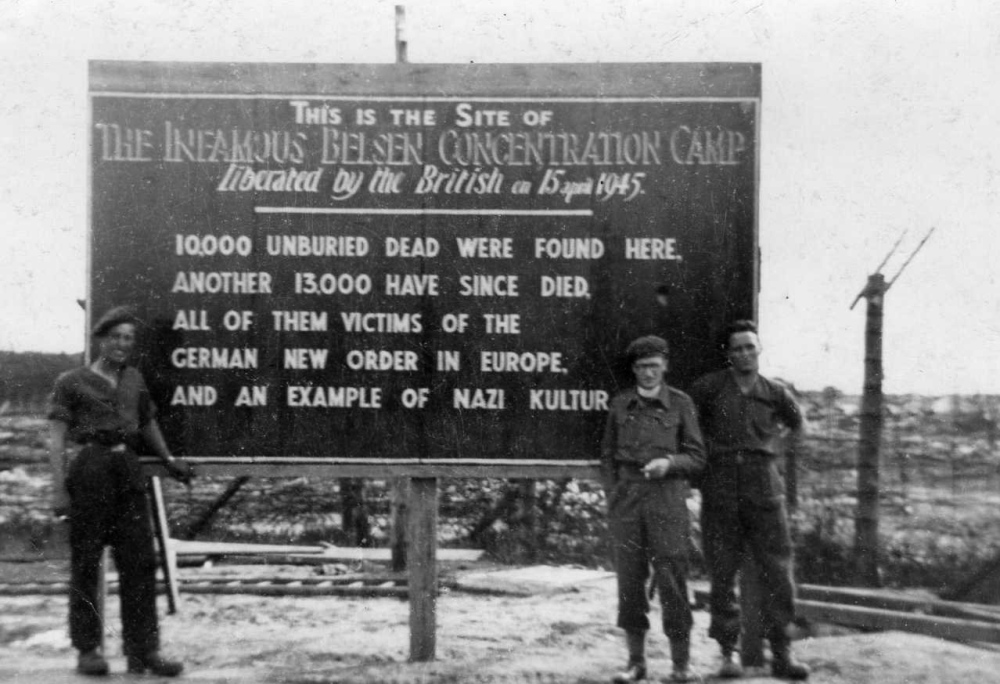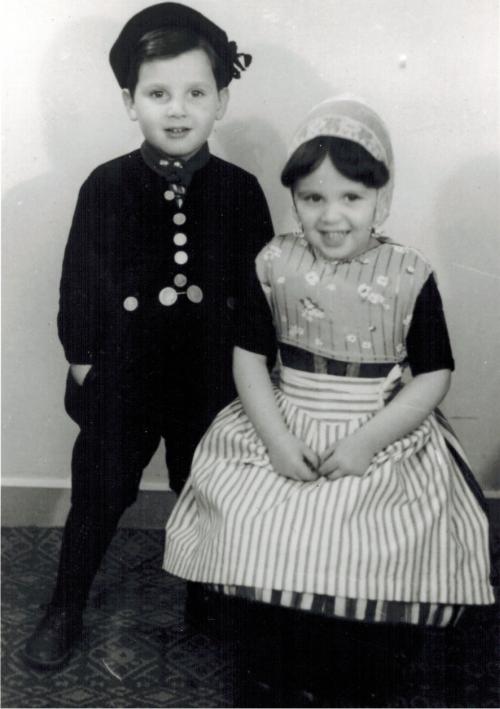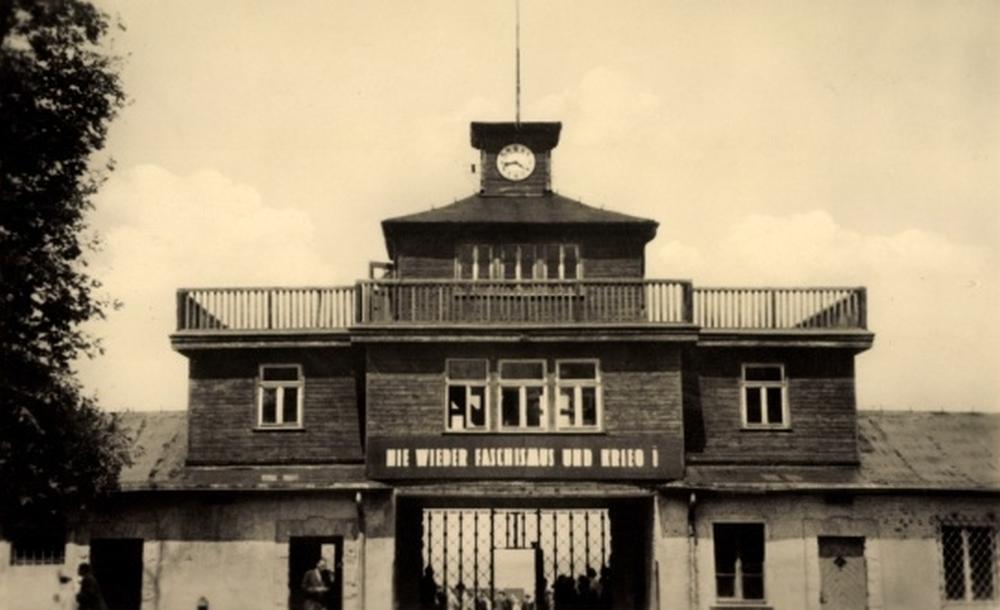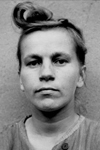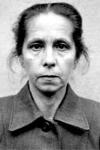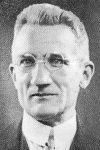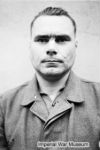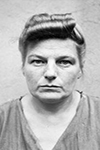Concentration Camp Bergen-Belsen
Some 60 miles North-East off Hannover, on the Lüneburger Moor, is found the former POW and Concentration Camp Bergen-Belsen.
On this site graves and memory stones attest to the suffering and killing of the prisoners. A documentation center retells the story of the prisoners and the camp.
The history of the Bergen-Belsen camp starts with the construction of the exercise terrain for German troops who were trained to enable the German Army to come to war strength. From 1936 onward there was a camp here with 30 barracks. In early 1941 the Wehrmacht started to construct the "stalags" for the attack on the Soviet Union.
As early as 1941, the first transports arrived here in Bergen-Belsen from the Soviet Union. Until early November there were some 21,000 prisoners of war in this camp. The building of the new barracks started later. Until the winter came the prisoners lived in self-made underground huts, made from leaf trees and self-made tents.
No more than 1,000 prisoners could manage to save themselves by working for the Wehrmacht, on farms or in industry. At least 300 but more likely 500 other prisoners of war were deported to Sachsenhausen Concentration Camp and killed by a shot in the neck.
In 1943 the SS placed 10,000 European Jews in a part of the complex to have exchange material in hands. One of the 15,275 prisoners who stayed here, on the 2nd of December 1944 was a 15-year-old girl named Anne Frank. In early August 1944 Anne Frank and her family were captured in their Amsterdam hiding place and were deported to Auschwitz. She died of typhus some weeks before the end of the war, in March 1945, shortly after the death of her elder sister in Bergen-Belsen.
Not much has survived from Bergen-Belsen. It’s a place you just "feel." Knowledge of what happened here makes it an impressive and special visit. The museum gives an excellent account of the history of the camp and daily life during the war. The cinema shows a clear and horrible account of the war years. During your visit you will certainly see some impressive things.
The crematorium
The crematorium of Concentration Camp Bergen-Belsen was used from the spring of 1944. Male prisoners were forced bring the bodies of the deceased to the crematorium. It is not known what happened to the ashes. Shortly before the liberation, the Nazis tried to burn as many bodies as possible.
When the Bergen-Belsen Concentration Camp was liberated, the British found more than 10,000 bodies. These people are buried in mass graves.
The roll-call square
The roll-call square of the Star Camp at Concentration Camp Bergen-Belsen.
The Star Camp was so named because the Jewish prisoners wore a yellow star.
At the roll-call square, the men, women and also the children had to stand in the scorching sun, rain or snow for hours to be counted.
The Women's Camp.
The oldest part of KZ Bergen-Belsen was first used as prisoner of war camp for French and Belgian POW's. It later became the Women's camp, reserved for (Sinti and Roma) women with children of all ages and pregnant women.
Special Camp / Hungarian Camp [/ b]
Jewish families from Hungary who were to be exchanged were held here. During the Second World War, 1684 Jews were exchanged via Switzerland. This was the "Kasztner-Transport".
The names of Jewish men and women who were to be exchanged can be read on numerous stones.
POW camps
Bergen-Belsen Concentration Camp complex included two POW camps. One was situated just behind the SS section at the entrance and another one was at the other side of the camp near the crematorium.
Do you have more information about this location? Inform us!
Source
- Text: Bergen-Belsen Memorial & Felix Dalberger
- Photos: Felix Dalberger (1), Lennard Bolijn (2, 3, 4, 5)
- Dan Reed (translation)
